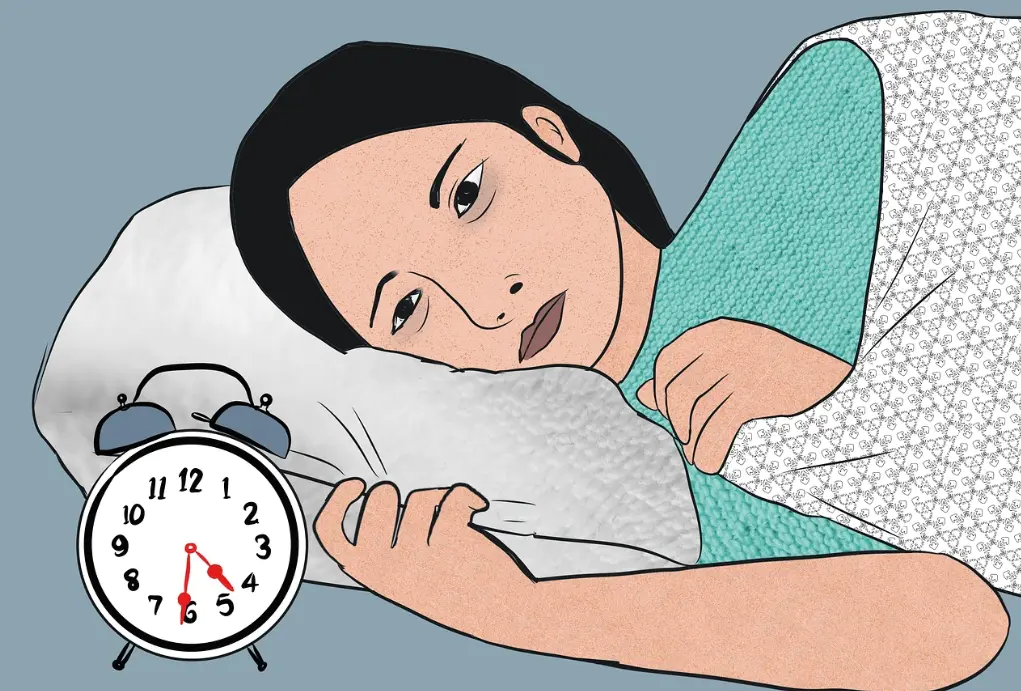Our skin can be rough, dry, smooth, or freckled, but it's typically not a cause for alarm until we spot a mole.
Moles are a widespread occurrence, with most individuals possessing at least ten and continuing to develop new ones up to the age of 40.
These are pink, tan, or brown spots that form when melanocytes, the pigment-producing cells, cluster together. They are often located in areas frequently exposed to sunlight.

Most moles are small, slightly raised, and benign. The likelihood of them becoming melanoma, a form of skin cancer, is low. However, possessing over 50 moles can heighten the risk of melanoma, so it's crucial to consult a doctor if you observe any changes in your moles.
Alterations in Color
A uniform color change across the entire mole may indicate a serious issue.
Moles, rich in melanin, are typically darker than the surrounding skin, making it challenging to detect color variations.
A typical mole can be pink, reddish, tan, brown, or black—often referred to as a beauty mark. If you notice a mole that stands out, monitor it closely. Consult a physician if the color continues to change or if the mole takes on an unusual hue like blue or white.
Changes in Size
Moles generally maintain a consistent size. If it was a small spot when first noticed, it should remain approximately the same size.
If a mole is consistently growing or is larger than the width of a pencil eraser, which is about a quarter inch, seek medical attention.
Changes in Shape
Moles are typically round. If a mole has irregular, ragged, blurred, or smudged edges, or if it has a dry, hard, scaly, or lumpy texture, consult a doctor.
Itching, Bleeding, or Discharge
Moles can itch due to friction with clothing. However, if an itchy mole starts to crust, bleed, or discharge, notify your healthcare provider. These symptoms could signal melanoma.
How to Examine Your Moles
Use a good mirror to inspect all sun-exposed areas of your skin. It's best to wear minimal clothing during this examination.
When checking your moles, keep the ABCDE rule in mind: Asymmetry, Borders, Color, Diameter, and Evolving.
Experts at skincancer.org report that a person dies from melanoma every 54 minutes. Thus, regular skin self-examinations are a vital cancer prevention practice.
Moles are very common and mostly benign. So, there's no need for undue worry. However, regularly monitor your moles and consult your primary care provider promptly if you notice any changes.
Recent
See All2025-08-11
Coach or Mentor: Which One Do You Really Need?
2025-08-11
How Stress Destroys Your Brain Cells and Impacts Mental Health
2025-08-11
Embrace Health & Fitness Goals That Last!
2025-08-11
Mastering Emotional Management: Practical Strategies for Emotional Regulation
2025-08-11
Simple and Effective Tips for Overcoming Insomnia
2025-08-11
Overcoming the Grip of Fear and Anxiety
2025-08-11
7 Essential Tips for Maintaining Healthy Joints
2025-08-11
Letting Go of Grudges and Resentment for Better Health and Well-Being
2025-08-11
Vision Impairment and Mental Health: Strategies for a Holistic Approach
2025-08-11
The Impact of Gratitude on Mind and Body
Newsletter
Get life tips delivered directly to your inbox!











